The Bulgarian Split Squat is an excellent exercise that combines strength and mobility training. It's especially effective for muscle activation and core stability, making it ideal for athletes, fitness enthusiasts, and anyone looking to improve their lower body strength. This article will explore why you should choose Bulgarian Split Squats, their benefits, how to perform them correctly, and how to incorporate them into your workout routine.
Why Choose Bulgarian Split Squats?

Studies from the Journal of Applied Biomechanics (2021) show that Bulgarian Split Squats engage your quads 43% more than traditional squats. But the real magic happens in your glutes, with EMG studies showing a 28% greater activation than a standard lunge. The elevated rear-foot position makes Bulgarian Split Squats a game-changer for those looking to strengthen and define their legs.
Enhances Leg Strength and Symmetry
Whether you're an athlete aiming to jump higher, sprint faster, or simply looking to build stronger, more defined legs, Bulgarian Split Squats should be your go-to exercise. Not only will they improve leg strength and muscle activation, but they'll also correct muscle imbalances and reduce your risk of injury.
Improves Core Strength
Unlike traditional squats, which distribute the load equally across both legs, Bulgarian Split Squats challenge your core to stabilize your body. Engaging your core while balancing on one leg enhances core strength, essential for overall body control, posture, and injury prevention. A stronger core will also improve performance in other exercises and everyday activities.
The Benefits of Bulgarian Split Squats
1. Superior Strength and Muscle Activation
Bulgarian Split Squats are essential for strengthening your quads, glutes, and stabilizer muscles. The exercise's single-leg nature forces your body to stabilize and engage smaller muscles in the core, hips, and ankles, enhancing overall strength and muscle activation. This improves lifting capacity and performance in other compound movements like deadlifts, squats, and lunges.
By engaging both the front and back of the lower body, Bulgarian Split Squats are excellent for building overall leg strength. The movement emphasizes the glutes, helping you sculpt a stronger, more defined posterior chain.
2. Correcting Muscle Imbalances
Unilateral exercises like Bulgarian Split Squats are excellent for addressing muscle imbalances commonly occurring with traditional squats. These imbalances can develop when one leg is stronger or more dominant than the other. Since Bulgarian Split Squats focus on one leg at a time, they ensure that both legs develop symmetrically. Correcting these imbalances is essential for improving overall strength, symmetry, and athletic performance.
Addressing muscle imbalances through unilateral exercises can also reduce the risk of injury.
3. Functional Strength and Injury Prevention
Bulgarian Split Squats are easier on the spine than traditional squats. With less compression on the back, they're a safer alternative for those with lower back pain or anyone looking for a joint-friendly leg exercise. The body's position in this exercise places the load directly over the hip and knee joints, minimizing unnecessary strain on the lower back.
Additionally, Bulgarian Split Squats improve balance, mobility, and core stability. These benefits are critical for injury prevention, as they help improve your posture, body control, and alignment during various physical activities.
4. Boost Athletic Performance
Bulgarian Split Squats boost athletic performance by strengthening the quads, hamstrings, and glutes, which are key for explosive movements like sprinting, jumping, and cycling. They also enhance balance, coordination, and reaction time, helping athletes improve overall control and fluidity in their movements. Whether you're sprinting, making quick cuts in basketball, or working on agility, Bulgarian Split Squats build the strength and stability needed to level up your performance.
How to Perform Bulgarian Split Squats Correctly
Perfect form is crucial to maximizing the benefits of Bulgarian Split Squats. Follow these steps to get the best results and avoid injury:
Watch the video below to see the proper setup for the Bulgarian Split Squat.
Step-by-Step Guide:
1-Set Up Your Position:
- Find a bench or elevated surface (knee height or slightly lower).
- Stand 2-3 feet in front of the bench.
- Place one foot on the bench behind you, with toes pointing downward.
- Keep your other foot planted on the ground, knees slightly bent, and toes pointed forward.
2-Lower Down Slowly:
- Engage your core and slowly lower your hips by bending your front knee.
- Keep your chest upright and back straight—avoid leaning forward.
Your front thigh should become parallel to the floor, and your back knee should hover just above the ground.
3- Press Through the Heel:
- Press through your front foot's heel to return to the starting position.
- Avoid locking out your leg at the top, and keep your knee aligned with your toes.
4-Repeat on the Other Leg:
- After completing the desired reps on one leg, switch to the other and repeat.
Key Tips for Success:

- Start at the Bottom: The biggest mistake people make is improper setup. If your front leg is too close or far from the bench, it'll disrupt your form and increase the risk of injury. Find your position first, then lower down.
- Never Let Your Back Knee Touch: Stop before your back knee hits the ground. This prevents your body from relying on momentum, helping you master the movement's eccentric (lowering) phase and building more control and strength.
- Keep Your Glutes Active: Don't let your glutes relax during the movement. Actively engaging them helps maintain proper form, prevents knee misalignment, and ensures you reap the full benefits of the exercise.
How to Add Bulgarian Split Squats to Your Routine
Bulgarian Split Squats are versatile and can fit seamlessly into various routines, whether you're training for strength, endurance, or aesthetics. You can incorporate them into a Leg Day, Glute-Focused Routine, or even as a finisher for added intensity.
Leg Day Routine:
- Warm-Up: 5-10 minutes of light cardio
- Barbell Back Squats: 4 sets of 6-8 reps
- Bulgarian Split Squats: 3 sets of 8-12 reps (per leg)
- Leg Press: 3 sets of 10-12 reps
- Lunges: 3 sets of 12 reps (per leg)
- Leg Curl Machine: 3 sets of 12 reps
- Cool Down: Stretching
Glute-Focused Routine:
- Warm-Up: 5-10 minutes of dynamic stretching
- Hip Thrusts: 4 sets of 10 reps
- Bulgarian Split Squats: 4 sets of 10-12 reps
- Romanian Deadlifts: 3 sets of 8-10 reps
- Glute Kickbacks: 3 sets of 12 reps
- Cool Down: Stretching
Common Mistakes to Avoid When Doing Bulgarian Split Squats
While Bulgarian Split Squats are incredibly effective, performing them incorrectly can lead to injury or less-than-optimal results. Here are some common mistakes to avoid:
1. Knee Misalignment:
Ensure your front knee tracks are in line with your toes. Letting your knee cave inward can cause unnecessary strain on your joints and reduce the effectiveness of the exercise. Always keep your knee aligned with your toes throughout the movement.
2. Leaning Too Far Forward:
Maintain an upright torso with a slight forward lean. Too much lean in either direction can strain your knees and back. A slight forward tilt is ideal to maintain balance and maximize glute activation.
3. Back Foot Too Close to the Bench:
Placing your back foot too close to the bench can cause your front knee to extend too far over your toes, stressing the knee joint. Ensure your back foot is at the proper distance to keep your front knee safe and stable.
4. Not Engaging the Glutes:
Failing to engage your glutes during the exercise can reduce its overall benefits. Your glutes are essential for driving the upward phase of the Bulgarian Split Squat, so be sure to keep them active throughout the exercise.
Bulgarian Split Squat Variations
Once you master the basic Bulgarian Split Squat, there are several variations you can try to increase the challenge or target different muscle groups:
1. Goblet Bulgarian Split Squat:
Holding a dumbbell or kettlebell in front of your chest (goblet position) increases the intensity and engages the core even more. This variation is ideal for those looking to build strength while maintaining balance.
2. Weighted Bulgarian Split Squat:

Add a dumbbell, kettlebell, or barbell for increased resistance. This variation will help you build muscle and strength in the quads and glutes as you get stronger. Make sure to use the proper form to avoid strain.
3. Bulgarian Split Squat Jump:
Jump at the top of the movement to add a plyometric element. This variation targets explosive strength and enhances athleticism, improving your jumping ability and leg power.
4. Elevated Bulgarian Split Squat:
Increase the height of the elevated foot to challenge the range of motion and intensity of the exercise further. A higher elevation will stretch the back leg more, activating the glutes and hamstrings.
Conclusion: Bulgarian Split Squats – A Must for Stronger Legs
Bulgarian Split Squats are more than just a leg exercise—they're a total-body movement that improves strength, balance, and mobility. Whether you're focused on improving your athletic performance, leg aesthetics, or core stability, Bulgarian Split Squats should be part of your fitness routine.
By incorporating proper form and consistency, Bulgarian split squats will give superior results to traditional squats or lunges. Ready to take your leg day to the next level? Start incorporating Bulgarian Split Squats into your workout today!
Follow us on Instagram and TikTok for expert workout tips, exclusive deals, and fitness motivation. Become a part of the Body Reapers community—share your fitness journey with us and see how others are progressing too!
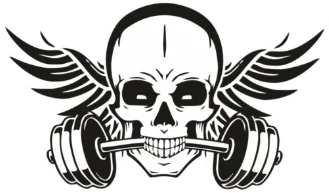
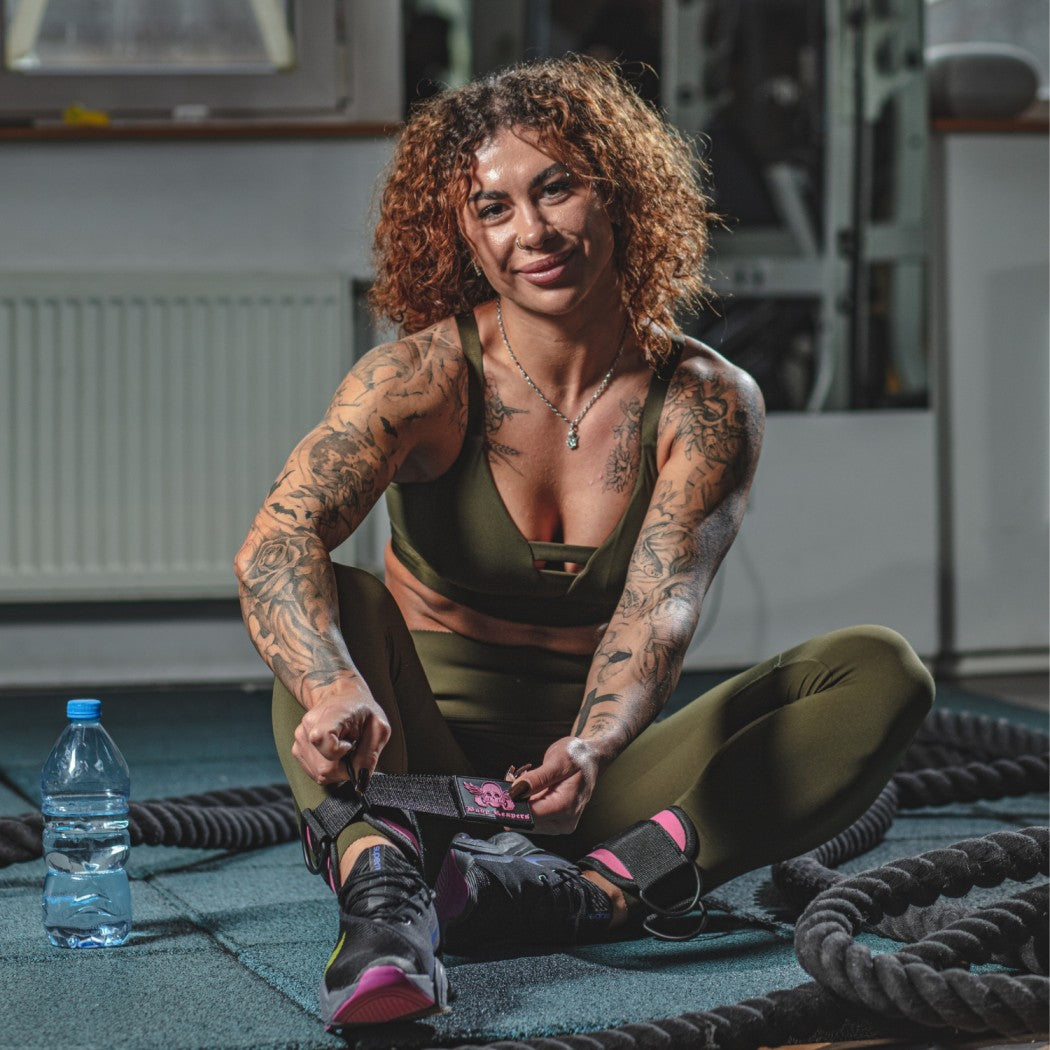
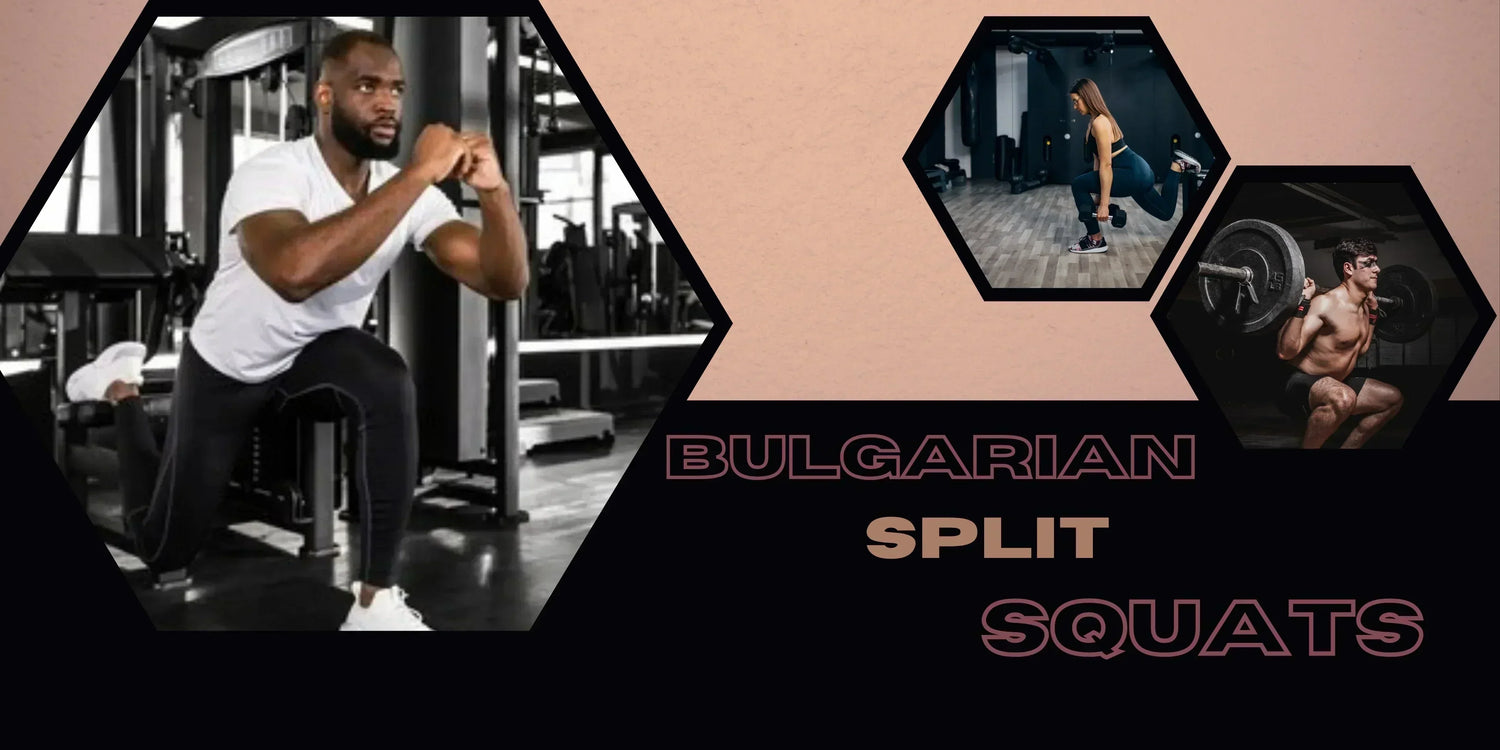
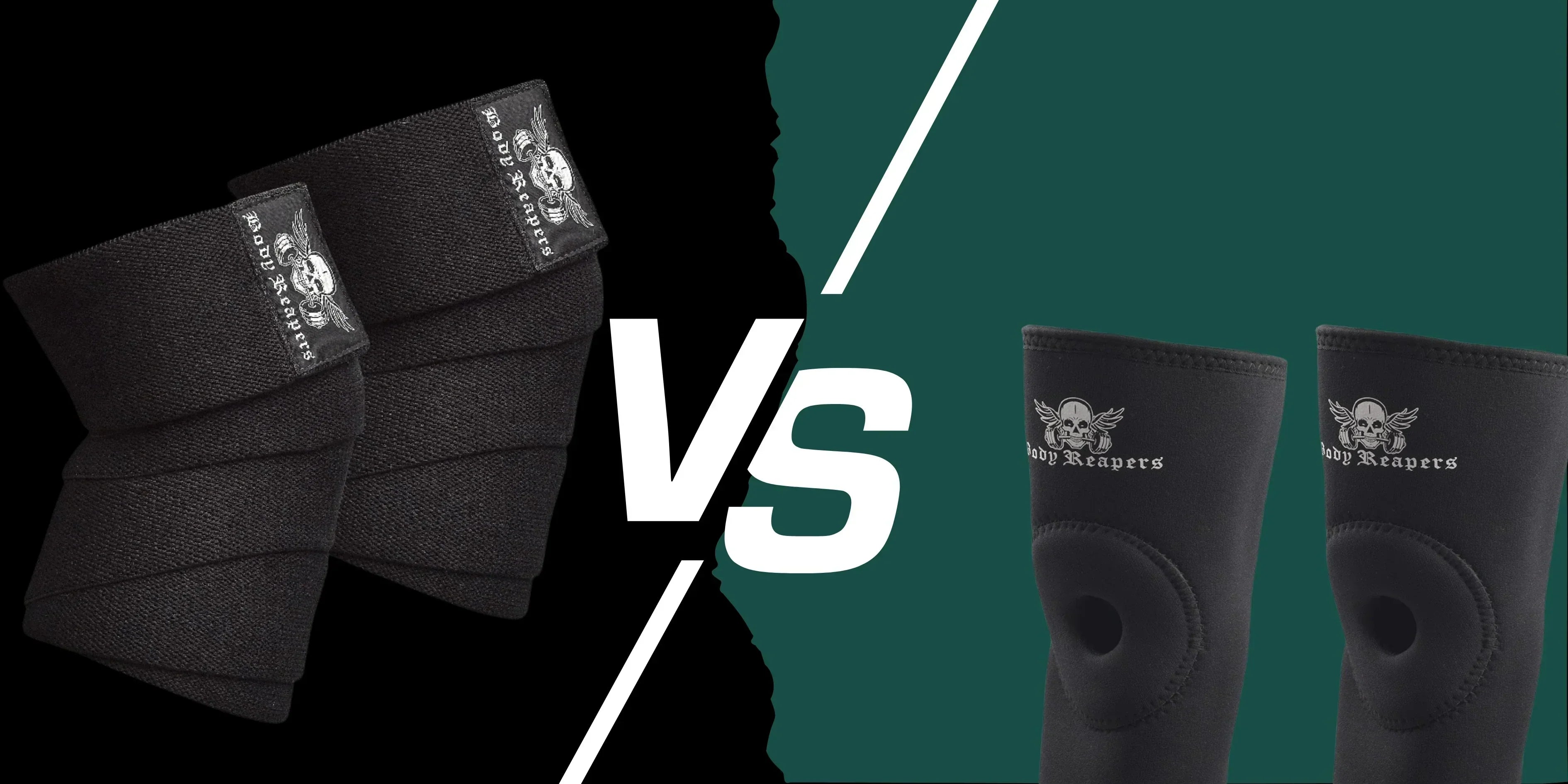
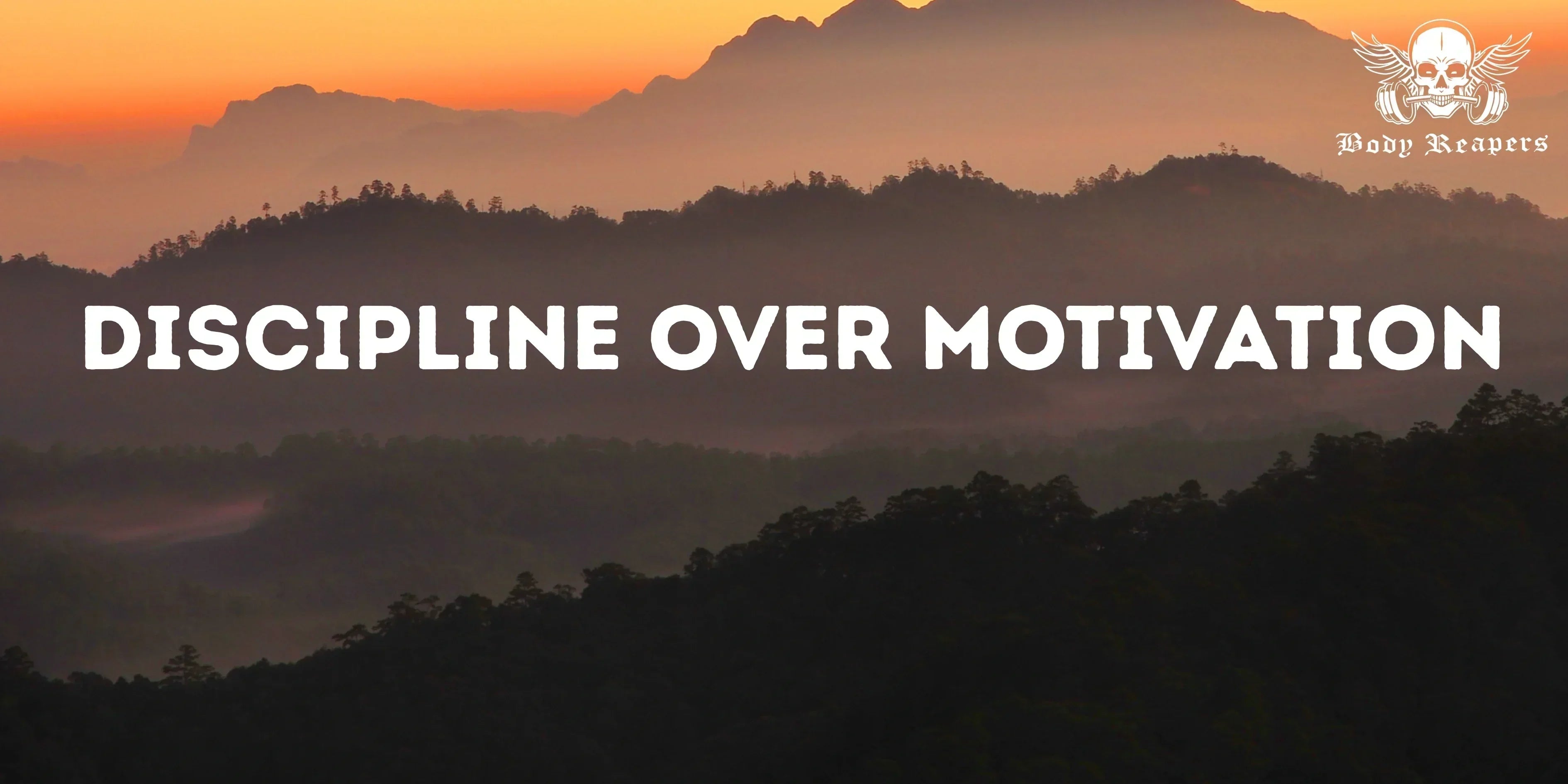
Leave a comment
This site is protected by hCaptcha and the hCaptcha Privacy Policy and Terms of Service apply.